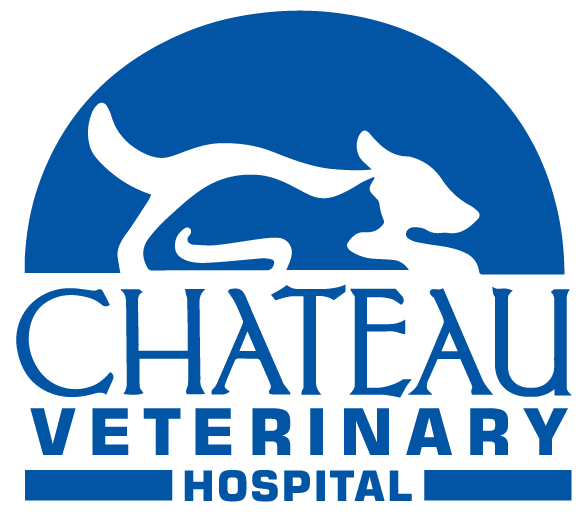As a certified Fear Free practice, we want to ensure that your pet’s experience with us is as positive as possible. This also means we’re committed to helping you incorporate Fear Free training for your pet into your household and daily life. We’ve found that these reward-based methods make for a happier, healthier, and better-behaved pet.
Creating a Fear Free environment for your pet is to some degree a matter of adjusting your own behavior in order to communicate to your pet what is expected and desired of him or her. Body language and vocal tone are key, as is consistency—so for the best results, every member of the household should work with your pet using the same rewards and reactions to get the behavior you desire from your dog or cat.
This “Red Light/Green Light” guide for Fear Free, at-home training is extremely helpful in identifying positive and negative training techniques. You’ll also want to read this information about the use of training collars. As a rule we do not recommend them, and you may find that if you use positive, Fear Free methods, such painful “quick fixes” aren’t necessary at all!
If you’re considering hiring a trainer for your dog, you’ll want to make sure that person is qualified and uses positive reinforcement methods. These tips for hiring a dog trainer will be helpful in identifying the right professional for your pet.
As always, we’re here to answer any questions you may have about your pet. Please don’t hesitate to give us a call if you need help making your home a Fear Free haven for the animal companion you love.
Fear Free Training Resources
Resources provided by Fear Free Happy Homes
RED & GREEN LIGHTS IN TRAINING & BEHAVIOR CONSULTING
Red light qualities to avoid and green light qualities to seek out in your efforts to find and emotionally protective, humane dog trainer or behavior consultant.
THE DANGERS OF “TRAINING” COLLARS
These types of aversive collars are designed to reduce undesired behavior by producing an unpleasant sensation, such as a pinch on the neck or a shock, when the animal exhibits the undesired behavior (such as pulling on leash).
HOW TO FIND A QUALIFIED TRAINER OR BEHAVIOR CONSULTANT
Finding a good dog trainer or behavior consultant is more difficult than you might think. Dog training is an unregulated field with no educational requirements and no required credentialing. Outdated, force-based methodology can cause more problems than it claims to help. Here are our tips for finding a qualified dog trainer or behavior consultant.

